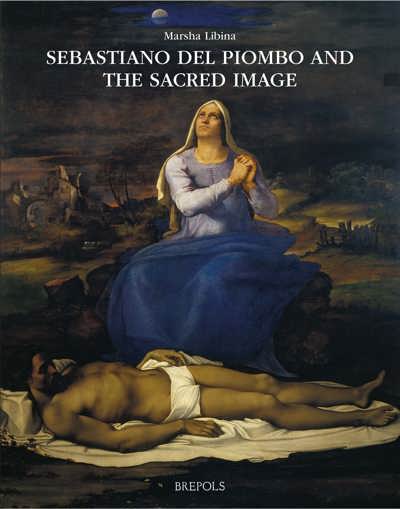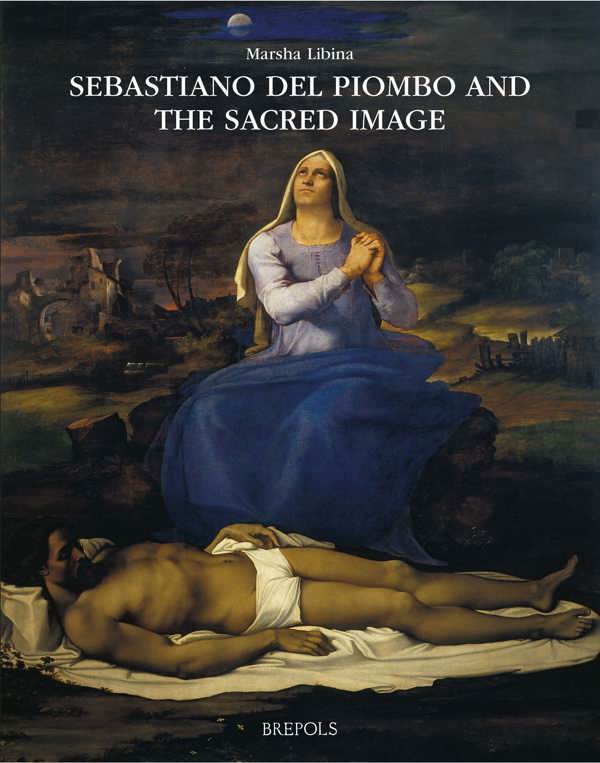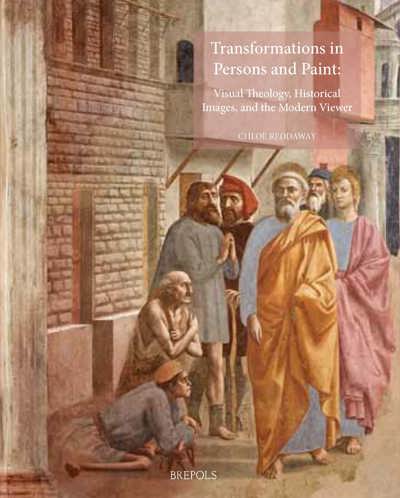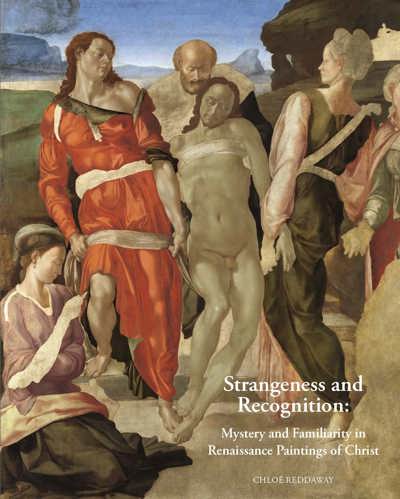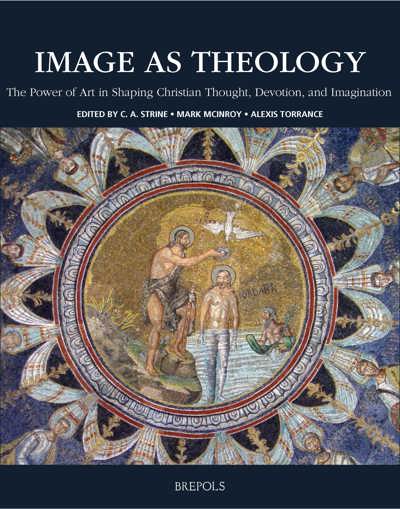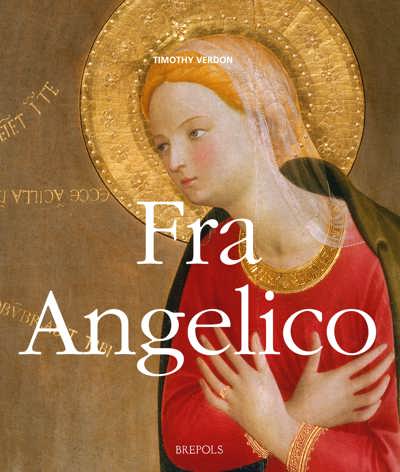
- Pages: 270 p.
- Size:220 x 280 mm
- Illustrations:121 col.
- Language(s):English
- Publication Year:2022
- € 125,00 EXCL. VAT RETAIL PRICE
- ISBN: 978-2-503-59475-0
- Hardback
- Available
“Rather than shying from paintings that do not fit comfortably into scholars’ expectations of early sixteenth-century art in and around Rome, Libina uses this as a point of departure in a way that not only enhances our understanding of Sebastiano del Piombo’s oeuvre but also gives us an alternate entry into a complicated period of religious reform.” (Ashley B. Offill, in Renaissance et Réforme, 46/1, 2023, p. 285)
Marsha Libina is a specialist of Italian Renaissance art, whose work examines artistic responses to the religious controversies of the Catholic Reformation. She is particularly interested in the artistic image as an object of visual attention and devotional engagement. Libina is Assistant Professor of Art History at the American University of Paris, and was previously a Fellow at the University of Toronto Centre for Reformation and Renaissance Studies and a Volkswagen-Mellon Fellow at the University of Goettingen.
On account of the artists’ collaborative practice, Sebastiano del Piombo’s oeuvre is often misconstrued as a coloristic supplement to Michelangelo’s disegno or as a mere extension of the older master’s drawings and ideas. Marsha Libina’s book complicates this narrative by offering a critical reevaluation of the devotional art of Sebastiano del Piombo (1485–1547), an important Venetian artist whose Roman work stands at the nexus of questions regarding art, religious reform and the largely unexplored history of artistic collaboration. Investigating new ways of understanding Sebastiano’s interest in soliciting Michelangelo’s drawings as catalysts of invention, Libina tells the story of a collaboration driven neither by a compliant imitation of Michelangelo nor the reconciliation of opposing regional styles but, rather, by an interest in hermeneutically productive difference – generating complementary yet divergent approaches to art as a vehicle of reform.
This volume presents an in-depth exploration of how Sebastiano’s experiments with the sacred image – like Michelangelo’s – were formulated in response to the early years of Catholic reform. The years preceding the Council of Trent saw the rise of divisive investigations into the repercussions of an increasingly mediated knowledge of the divine. Libina reveals how these concerns converge in Sebastiano’s new language of devotional painting, which embraces an aesthetic of figural stillness, isolation and psychological detachment. At a moment when religious debates and questions about the role of image-based devotion took center stage, Sebastiano’s work offered a reflection on what it meant to view and meditate on the body of Christ in the Renaissance altarpiece.
Introduction. Sebastiano del Piombo and Michelangelo. A Collaboration in Art and Reform
Chapter I. Picturing Time and Eternity
Chapter II. Mediation and Scripture’s Interpreters
Chapter III. Imitatio Christi and the Internal Image
Chapter IV. The Holy Face and the Face of Art
Conclusion. Mediated Truths after the Council of Trent
Bibliography
Index
